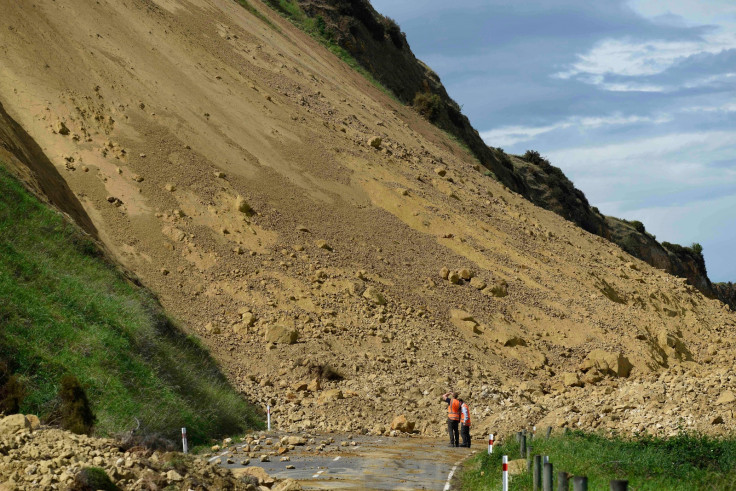Rugged ocean floors identified as trigger of the world's largest earthquakes
'Megathrust earthquakes' occur when plates slip past each other quickly and can cause devastating damage.

Bumpy ocean floors are responsible for the world's largest earthquakes, a new study has found.
Large mounds and lumps on the ocean floor can act as a trigger for oceanic tectonic plates to slip quickly under continental plates, according to a paper published in Nature Geoscience. These sudden events often cause the largest earthquakes, known as megathrust earthquakes.
The boundaries between oceanic plates and continental plates are often the site of seismic events. How fast an ocean plate is pushed underneath a continental plate affects how big a resulting earthquake will be. When the ocean plate is pushed down – or subducted – very slowly underneath the continental plate, at rates of just a few centimetres a year, there is often no earthquake at all.
When the oceanic plate is pushed underneath very quickly – at a rate of metres per second – it can result in a megathrust earthquake. But until now, scientists have not known what makes the slip either very slow or very fast.
Scientists at Cardiff University, led by Åke Fagereng, found by looking at rocks at an ancient and now inactive fault zone in New Zealand that large, thick rocks can absorb pressure that builds up during the subduction process.
The New Zealand fault zone at Chrystalls Beach in the south-east Otago has been pushed up over a period of 180 million years. Rocks are exposed that were once buried at depths of 15 to 20 kilometres below the surface. The large rocks – measuring up to hundreds of metres thick – help to absorb the pressure.
"By exhuming rocks from this depth, we've been able to gain an unprecedented insight into what a fault zone actually looks like," study author Fagereng of Cardiff University said in a statement.
However, when there is a large irregularity, such as a big stray rock, the ability to absorb pressure suddenly changes, resulting in a large, fast slip.
"When you have an irregularity on the sea floor, such as large bumps or mounds, this can cause the plate boundaries to slip tens of metres and trigger a giant earthquake," said Fagereng.
The researchers hope the findings could lead to an accurate forecast model for when and where megathrust earthquakes might happen, potentially mitigating loss of lives and extensive damage to buildings.
© Copyright IBTimes 2024. All rights reserved.






